|
As a teenager, I loved Bob Ross' television painting classes. Not only do I really like his painting style, but I also like his way of performing on screen. Especially those episodes in which he brought an animal, are my favourites! And all things he painted were always 'happy' by his own words. So today, I am introducing to you: a happy blue snail, a happy honey bee and a happy pink flower :). Feel the happy vibes dear reader (epecially the newly-signed-up readers from Belgium!). Let's start with the bee and the flower. As most of you know, I have a rather large commission on my hands with another pair of traditional Bavarian suspenders. Canvaswork is tough on your hands, so a little gently stitching in between sessions is a good thing. When I saw a picture of the Floral Pomander by Hazel Blomkamp on Pinterest, I so wanted to stitch this project. Not only is the stitching and beading adorable, but I really like this finishing technique. I've never used it before, but I can see great potential for it with a different design and embroidery style... It is a rather 'old' kit by Hazel Blomkamp and the instructions are not as perfect as I know they are today. Personally, I can live with the fact that she calls the same colour thread by more than one name. And, since I can stitch, I do not need a step by step instruction on how to embroider the little scenes. However, if you are a newbie, maybe not the best kit to start with. When my kit arrived, I was positively surprised by the fact that German customs had missed it :). Vielen, vielen dank ! Hazel has not only packaged the kit supplies beautifully; there seems to be plenty of them. Especially of the beads. As you might remember, I'd run out of threads when stitching a kit by Pascal Jaouen. Although I contacted him in several ways, I haven't heard back from him ever since. Interestingly, Mary Corbet is addressing the issue on her blog today. On to the happy blue snail. Every now and then, I just need to play. That's why I like Nordic Needle's broderibox subscription plan so much! My February box was released by customs on Saturday, so I had some quality playtime over the weekend. I decided to stitch up a happy blue snail on 18 TPI antique canvas. I found this particularly adorable snail in one of Millie Marotta's colouring-in books. Great resources for instant embroidery designs.
Again, this month's broderibox contained a few threads I had never encountered before. Yummy! New to me was the trebizond silk (the blue spool in the picture above). I had come across it on Mary Corbet's blog, but I had never seen it in person, let alone stitched with it. It is a really nice twisted silk thread similar to a #8 perle. It does not cover a 18 TPI canvas completely, however. Using two threads wasn't an option as that was too bulky and thread fatigue was horrendous after only a few stitches. So I decided to use it only for relatively small diagonal stitches and live with the fact that the canvas shimmers through. The thread reminds me a lot of a silk perle and it indeed comes with the same disadvantage: the plies untwist faster than you and I can stitch :)! Also new to me was the Water 'n Ice yarn. It is a flat translucent braid said perfect for long stitches. I decided to weave it through pre-stitched trebizond tent stitches on the body of the snail. It gives a really lovely, yet subtle 'wet' impression. I can see this work well for watery scenes in canvaswork. Or maybe even couched down in regular surface stitching. Other nice goodies in February's broderibox were a skein of DMC metallics, a spool of Kreinik blending filament and a gorgeous skein of Watercolours by Caron. The lovely people at Nordic Needle also included some petite Mill Hill beads and a really handy pincushion with a magnet on the bottom. To finish the background on my happy blue snail, I used a dark green Vineyard silk from January's broderibox. I have really fallen in love with this lovely silk thread. It is so soft and hardly wears when stitching on canvas. Can't wait for my next broderibox to arrive! Until then, it is back to my beautiful Bavarian suspenders.
2 Comments
Yes, I know, 2017 should have been the year of my casket. Things never go to plan, do they? Luckily, I have a very pleasant interruption: a commission of another pair of traditional Bavarian braces. Today, I'll share with you how I go about such a commission. Since I have stitched several of these braces to date, I now know that it will take me 150-200 hours to complete one. When you work on larger projects, it is always a good idea to keep track of your stitching hours and the materials used. After all, it is nice to be able to tell people who ask, how long it took you to create the masterpiece. Especially if they want one too and would like to commission you. Next up: what does my client want? I have several books on Berlin woolwork. For instance, books by Raffaella Serena feature beautifully detailed antique patterns. The Antique Pattern Library has some of these hand-painted patterns too and there seem to be new ones added all the time. Browsing the books, my client can then pinpoint what he or she wants. When I have my client appointment, my table is also laid out with all the DMC skeins in order. This enables us to match colours and patterns. And they love the visual feast! Then it is time to cut and paste a new pattern from the old ones the client wants me to use. This makes it a new and unique pattern. I only use this new pattern for this specific client. There are far too many exactly the same Hosenträger in Bavaria already. I use computer software to draw the new pattern: Cross Stitch Professional platinum. Not cheap, but very good and unmissable if you do this job regularly. As subsequent turning my embroidery into a Hosenträger with a leather back, corded edges and buckles is a rather harsh process, I use sturdy embroidery materials: 18 TPI Antique Canvas and DMC/Anchor stranded cotton. The stranded cotton is used as is; no stripping of threads. Maybe not the prettiest thread to use, I would love to use a perle, but it is tradition :). Then I send a computerised picture of the pattern to the client for approval. Once approved, I set up my frame and stitch one repeat pattern. I photograph that again and send it once more for approval. In this case, the guy commented 'unbelievably horny'! Yup, that's what he said :). Isn't German a fantastic language? So now I am all set to stitch the other 15 repeats :)!
Like most of my dear readers, I love thread! The ordinary everyday threads and the speciality threads, monocolour, over-dyed, variegated. You name it; I'll drool. So, when Mary Corbet talked about the BroderiBox 2017 by Nordic Needle, I signed up. Full well knowing that this would mean a monthly trip to the customs office in Weilheim. Ah, what one does for a good thread! So when, early February, I was finally 'invited' to pick up (and pay for!) my January box, I was ecstatic. Quite to the bemusement of the customs officer... Back home, I gleefully inspected my threads and was delighted to find a few I had never encountered before. Since they were all green, I decided to stitch a quick turtle on canvas. I think canvas (also known as needlepoint) is a great embroidery technique to experiment with speciality threads. Anything goes! Just the green turtle on bare canvas was a bit..., well, bare! So I decided to give turtle swimming lessons. The background was stitched using a House of Embroidery perle #5. A single thread has exactly the right thickness to cover 18 TPI canvas. How clever is that?! |
Want to keep up with my embroidery adventures? Sign up for my weekly Newsletter to get notified of new blogs, courses and workshops!
Liked my blog? Please consider making a donation or becoming a Patron so that I can keep up the good work and my blog ad-free!
Categories
All
Archives
July 2024
|
Contact: info(at)jessicagrimm.com
Copyright Dr Jessica M. Grimm - Mandlweg 3, 82488 Ettal, Deutschland - +49(0)8822 2782219 (Monday, Tuesday, Friday & Saturday 9.00-17.00 CET)
Impressum - Legal Notice - Datenschutzerklärung - Privacy Policy - Webshop ABG - Widerrufsrecht - Disclaimer
Copyright Dr Jessica M. Grimm - Mandlweg 3, 82488 Ettal, Deutschland - +49(0)8822 2782219 (Monday, Tuesday, Friday & Saturday 9.00-17.00 CET)
Impressum - Legal Notice - Datenschutzerklärung - Privacy Policy - Webshop ABG - Widerrufsrecht - Disclaimer

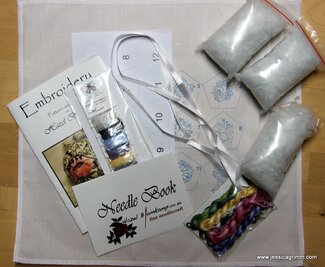
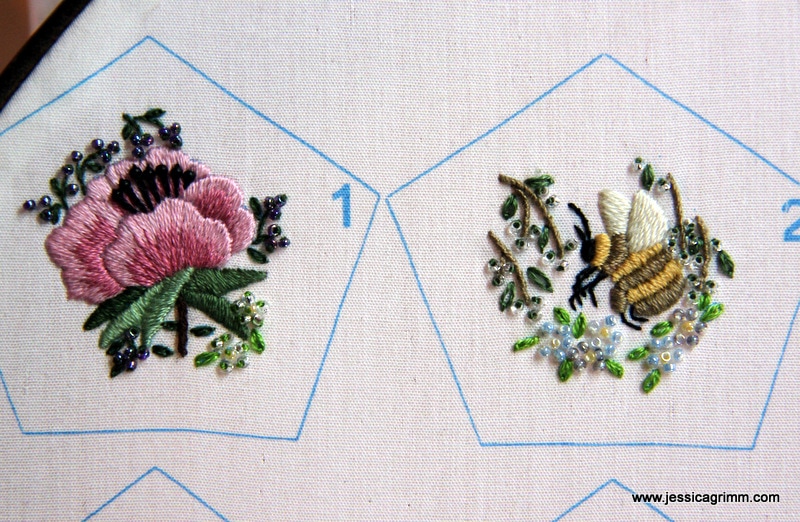
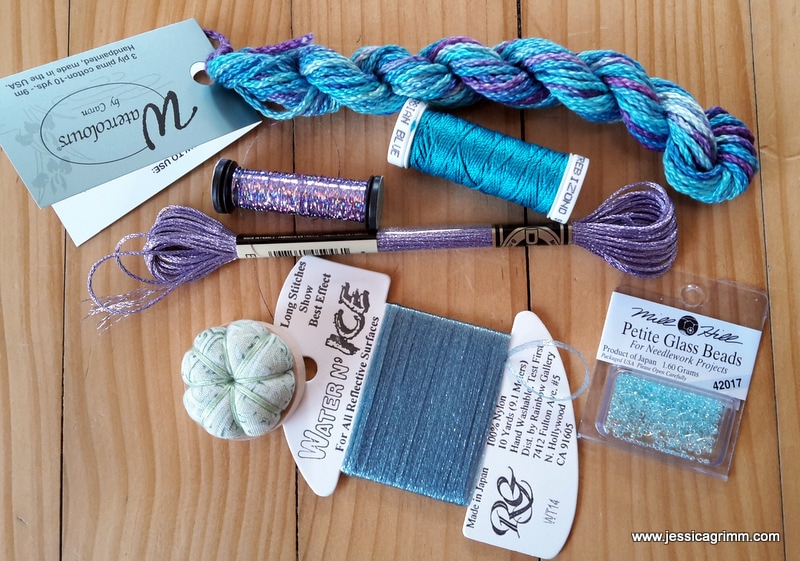
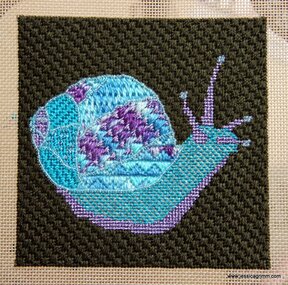
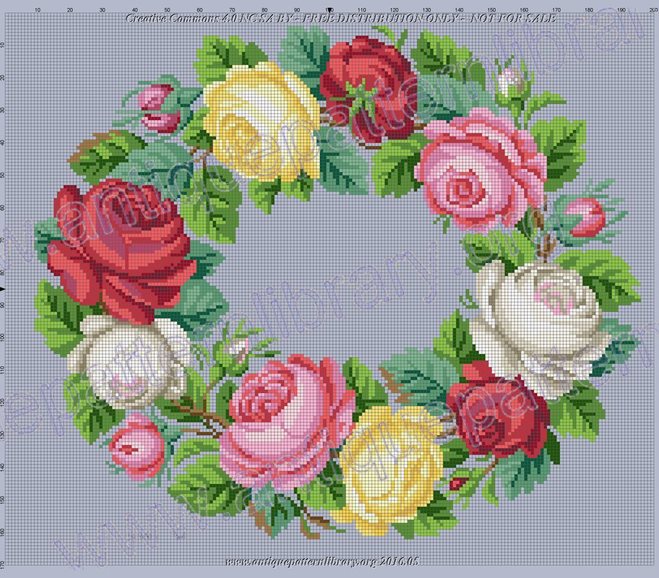

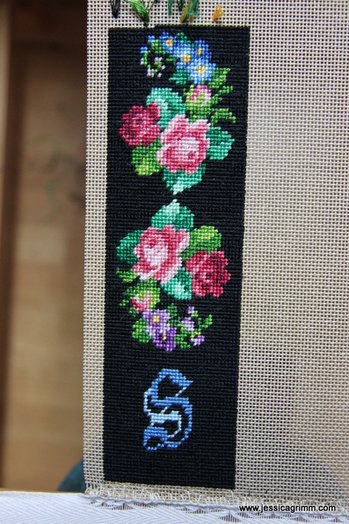
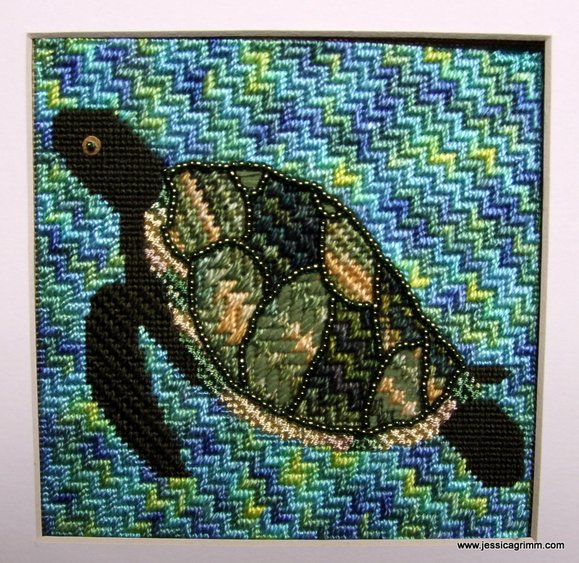





 RSS Feed
RSS Feed